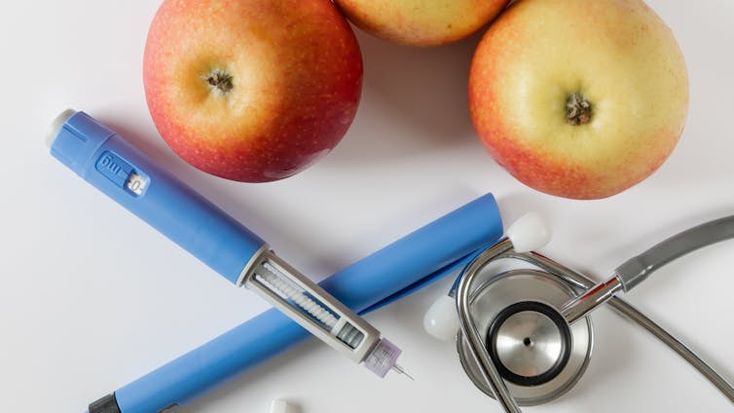
Kelly Anne Hammond, University of Arkansas
Over 1 million Uighur Muslims are being held in detention centers in the far western province of Xinjiang, China.
Uighur leaders and experts located outside China have warned that the situation could worsen, and “mass murder” could not be ruled out. With upwards of 10% of the Uighurs being held against their will, it is being called the worst and the most neglected humanitarian crisis of the past 10 years.
Why is this is happening, and what makes the Chinese government see Muslims as a threat?
Islam in China
I have studied the long history of Muslims in China. Today’s China is home to a large Muslim population – around 1.6% of the total population, or around 22 million people.
They are not newcomers. Islam was introduced to China by envoys from the Middle East who traveled to meet Emperor Gaozong of the Tang Dynasty in the seventh century.
Shortly after this visit, the first mosque was built in the southern trading port of Guangzhou for Arabs and Persians who traveled around the Indian Ocean and the South China Seas. During this time, Muslim merchants established themselves in Chinese ports and in Silk Route trading posts.
However, they lived segregated from the Han Chinese majority for five centuries.
This changed in the 13th century under the Mongol Yuan Dynasty, when Muslims came to China in unprecedented numbers to serve as administrators for the new rulers who were descendants of Ghengis Khan, founder of the Mongol empire.
The Mongols had little experience running the bureaucracy of the Chinese empire and turned to Muslims from important Silk Road cities like Bukhara and Samarkand in Central Asia for help. They recruited and forcibly relocated hundreds of thousands of Central Asians and Persians to help them govern their expanding empire to the Yuan court.
During this time, wealthy officials continued to bring their wives with them, while lower-ranking officials took local Chinese wives.
After Ghengis Khan conquered much of Eurasia in the 12th century, his heirs ruled different parts of the continent, leading to a period of unprecedented peace and prosperity. This allowed cultures to flourish and goods and ideas to travel more freely. It brought the cultural traditions of China and the Muslim world together in new ways.
For about the next 300 years – during the Ming Dynasty – Muslims continued to be influential in government.
Zheng He, the admiral who led Chinese fleets on exploratory and diplomatic journeys through Southeast Asia and the Indian Ocean, was a Muslim eunuch. His familiarity with Arabic – the lingua franca of the Indian Ocean – and his knowledge of the social graces associated with Islam made him an ideal choice to lead the journeys.
Persecution during Cultural Revolution
In the 18th century, the relationship between Muslims and the state in China began to change. This period witnessed some violent clashes as the state tried to exert more direct control over territories where the majority of Muslims lived.
The Qing Dynasty, which lasted from 1644 through 1911, marked a period of unprecedented population growth and territorial expansion. During this period, Muslim populations clashed with the Qing rulers and revolted on numerous occasions.
Many revolts were staged as opposition to the influx of migrants, who were coming from the overpopulated regions of China to regions that had not previously been under direct Chinese control. These revolts were violently suppressed by the state, ending a long period of accommodation for Muslims in China.
After the founding of the People’s Republic of China in 1949, ethnographers and anthropologists divided the people who lived within the borders of the new state into 56 ethnic groups based on relatively ambiguous criteria, such as shared language, territory, history and traditions.
Of these groups, 10 are now recognized as Muslim minorities. They are, in descending order based on the sized of their populations: Hui, Uighur, Kazakh, Dongxiang, Kyrgyz, Salar, Tajik, Uzbek, Bonan and finally Tatar, who currently number around 5,000.
In the first years after the establishment of the People’s Republic of China, Muslims enjoyed relative religious freedom. However, during the chaotic early years of the Cultural Revolution between 1966 and 1969, mosques were defaced, copies of the Quran were destroyed, Muslims were prohibited from going on the religious pilgrimage of hajj and expressions of all religious beliefs were banned by the Communist Red Guards.
After the death of Mao Zedong in 1976, the Communists adopted more relaxed policies towards Muslim communities.
Silence of world leaders

AP Photo/Andy Wong
But tensions have been escalating since 9/11, and reached a boiling point in 2009 when there were ethnic riots between the Uighurs and Han Chinese throughout Xinjiang province. Since then, the Chinese state has slowly and quietly increased restrictions on the movement and culture of Uighurs and other Muslim minorities.
In the past 18 months, these tensions have been exacerbated by the unlawful incarceration of Muslims living in the Uighur region of western China. A campaign that started with the Uighurs is now being extended to Kazakhs and others. There is also mounting evidence that the Hui are facing increasing restrictions.
Our recent work also shows that Islamophobia in the West is further abetting the Islamophobia in China, with global leaders willing to stay silent about the treatment of Muslims.![]()
Kelly Anne Hammond, Assistant Professor of History, University of Arkansas
This article is republished from The Conversation under a Creative Commons license. Read the original article.




17 Comments
Pingback: soothing relaxation
Pingback: แทงบอลออนไลน์ ขั้นต่ำ 10 บาท
Pingback: Dryer Vent Cleaning
Pingback: trustbet
Pingback: Spinsoft และ LSM99 เว็บ เกมสล็อต
Pingback: vapes for sale
Pingback: ト妥。nh bom li盻「 ch蘯ソt
Pingback: One day Phi Phi islands Trip from Phuket
Pingback: dultogel 777
Pingback: จำหน่ายอะไหล่อุตสาหกรรม
Pingback: ufa191
Pingback: รักษาสิว
Pingback: video chat
Pingback: Food Recipe Video
Pingback: เกมพนันออนไลน์ เว็บตรง ไม่ผ่านเอเย่นต์
Pingback: cinemakick
Pingback: Look At This